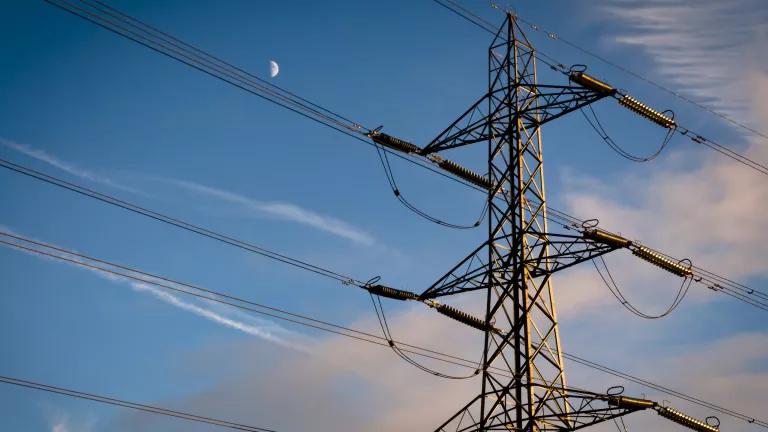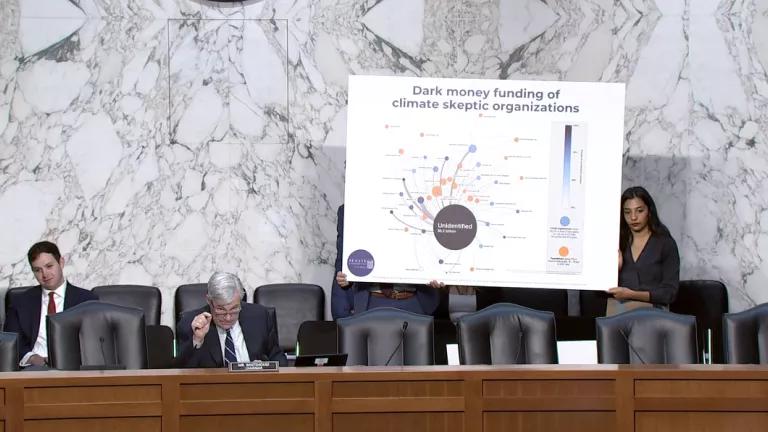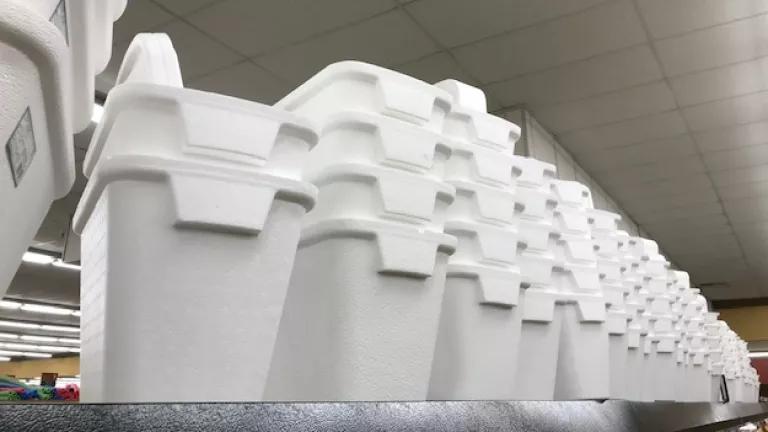Reducing Pollution Outside of the Carbon Cap: The Role of Offsets and Complementary Policies
Reducing overall domestic emissions at least 20 percent below 2005 levels by 2020 and at least 80 percent by 2050 will require emissions reductions not only from large stationary sources of global warming pollution such as power plants, industrial facilities, and fuel refineries, but also from those sources that are individually too small or dispersed to include under the cap, such as agricultural emissions from the use of nitrogen fertilizers. Similarly, there are means for sequestering carbon dioxide (CO2)—that is, absorbing it out of the atmosphere and storing it safely—in carbon “sinks” such as soils and forests that are difficult to account for under a cap. The United States must adopt alternative mechanisms such as mandatory policies, incentives, and domestic and international offsets to drive emissions reductions and carbon sequestration in these “uncapped sectors” both domestically and abroad.




